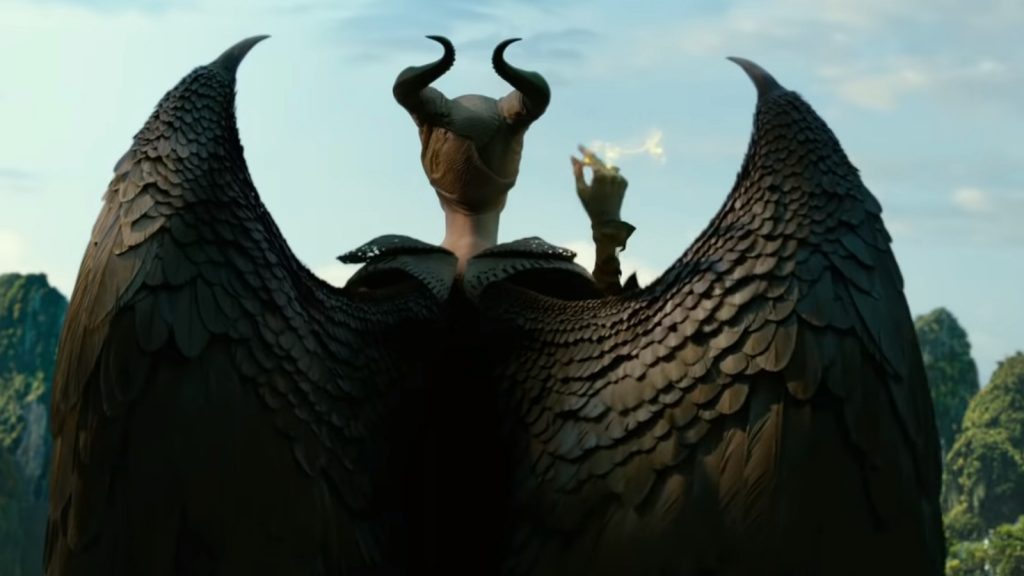The breakthrough that changes everything OpenAI has revealed a compact offline AI model that can run fully on-device. No cloud connection. No data usage….
‘Maleficent: Mistress of Evil’ is Disney’s take on the ‘Red Wedding’

After seeing the trailers and watching a few interviews I wasn’t sure what to expect going into Maleficent: Mistress of Evil. But then again, who really has faith in sequels?
SPOILER WARNING: This article contains the plot details of Malificent: Mistress of Evil.
I remember enjoying the first movie, Disney’s live-action retelling of Sleeping Beauty, and thinking that it was a sweet story about redemption and love. Disney, however, had to undo Maleficent’s redemption arc in order to pull off a second movie about the infamous villain, but I found the “rumour has it” technique it used to do this rather lacking.
In Maleficent: Mistress of Evil, the titular character has retreated to the mountains while Aurora (aka Sleeping Beauty) rules the moors as Queen because humans have spread the wrong version of Sleeping Beauty’s story: the version where Maleficent is pure evil.
This grinds the plot into motion as Aurora seeks approval from Maleficent after accepting Prince Philip’s proposal. Beyond uniting the lovebirds, the union will bring the magical and human worlds together where a Shakespearean-like feud still lingers.
In an odd cross between a cringey romantic novel, traditional Disney and Game of Thrones (yes, I said it) Maleficent: Mistress of Evil takes audiences on a journey of love, fairytales and way more death than I was prepared for.
After all, I wasn’t expecting Disney to murder characters left, right and centre. But, what do I know?
Before the movie gets to the action-packed, political and diabolical plot points though, there are a few awkward moments to sit through. The romance between Philip and Aurora, for one, is masked in cheesy dialogue for most of the movie’s beginning and end.
The heart of Mistress of Evil, however, is much more exciting.
After Aurora’s future mother-in-law, Queen Ingrith, has successful framed and wounded Maleficent, she plans a wedding for her son with the sole purpose of inviting the moor-folk to their doom.
A wedding that’s also a murderous trap sounds familiar, doesn’t it?
When I say Disney took a leaf out of the “Red Wedding” scene from Game of Thrones, I do not say it lightly. In fact, the fairies are murdered with literal red dust designed to kill them, and it rains down upon them with no mercy.
The battle scene is long and vigorous, keeping you on edge throughout. I was honestly taken aback by its intensity as several storylines unfolded.
Eventually, I found myself holding on to the simple fact that this was Disney, that there had to be a happy ending. Right?
I was rudely awakened by an emotionally-charged scene that left the Mistress of Evil dead in a pile of ash. Yes, Disney killed off the main character and left me stunned for several minutes.
Once those minutes passed, however, Maleficent is reborn from her ashes because she’s the last fairy with phoenix blood — a new piece of information that the movie uses to explain why the fairy is so powerful.
Despite the death and destruction, Maleficent saves the day with a sacrifice and is reborn with newfound love in her heart.
Disney certainly had me there for a moment, but in the end, Maleficent: Mistress of Evil tells a many-layered love story using themes of politics and loss.
And, with a true wedding at the end of the movie, Disney still delivered on the happy ending.
Feature image: screenshot, Walt Disney Studios via YouTube


